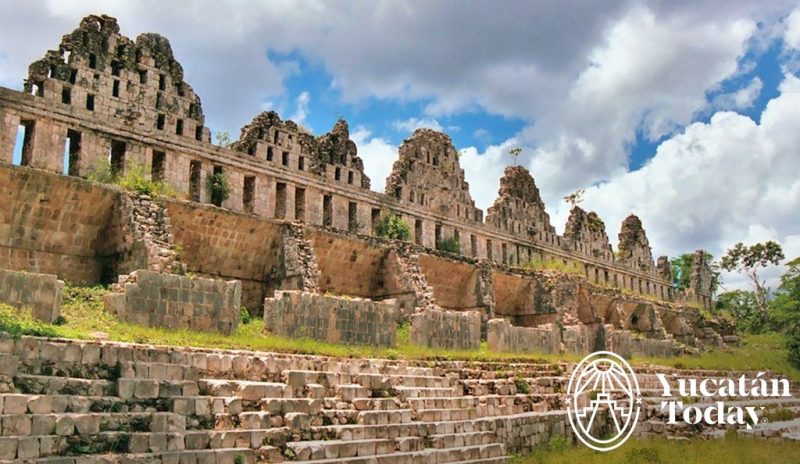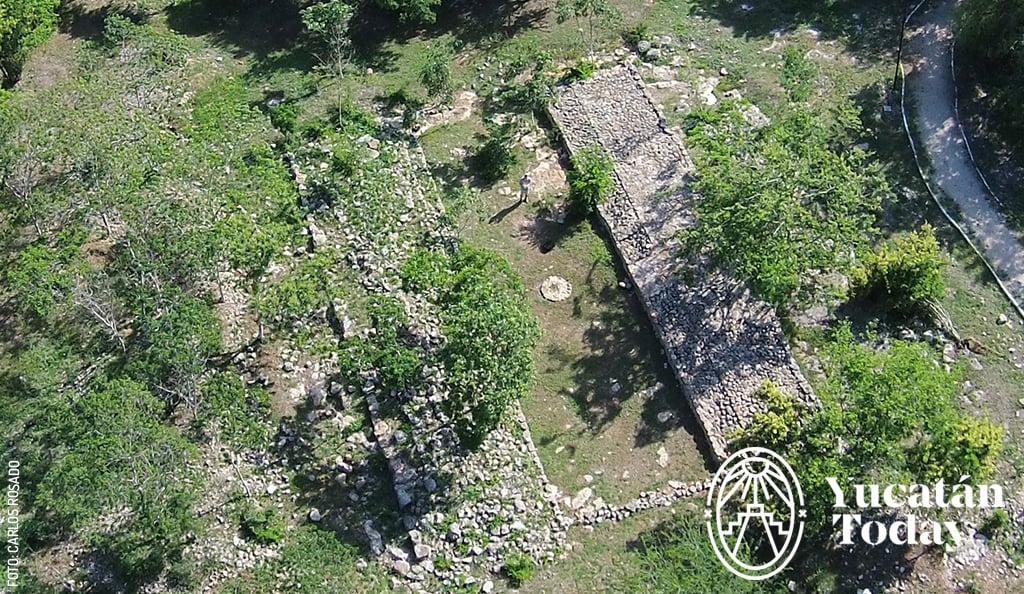
Underneath the Surface: Urban Archaeology in Mérida
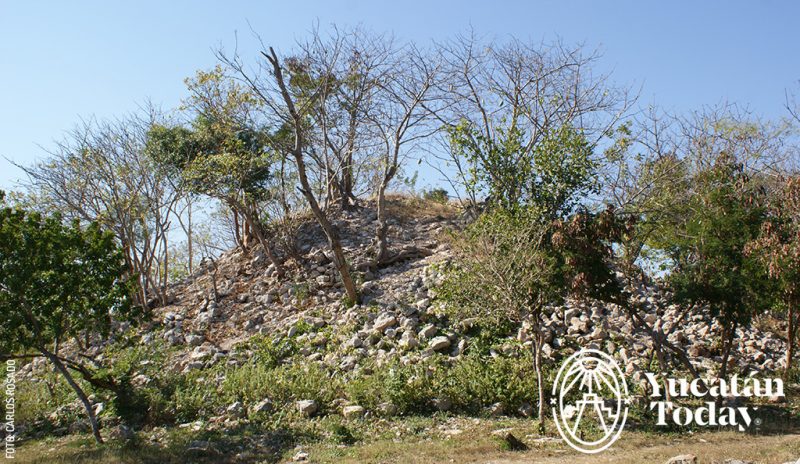 There is no doubt that, amongst the many attractions Yucatán has to offer, the cities left behind by the ancient Maya are one of the biggest draws for visitors. While Chichén Itzá and Uxmal attract the biggest numbers of tourists, there are in fact another 15 archaeological sites open to the public within the state—and this is to say nothing of the thousands of structures and monuments that dot the countryside.
There is no doubt that, amongst the many attractions Yucatán has to offer, the cities left behind by the ancient Maya are one of the biggest draws for visitors. While Chichén Itzá and Uxmal attract the biggest numbers of tourists, there are in fact another 15 archaeological sites open to the public within the state—and this is to say nothing of the thousands of structures and monuments that dot the countryside.
Many local residents have stories of stumbling across ancient artifacts during a construction project or finding mounds hidden in their milpas or farming fields. For example, at my high school there was a cenote where, according to rumors, several jade artifacts were found (how cool is that?). This is not surprising since the city of Mérida (founded in 1542) was built atop the Maya city of T'hó (also known as Ichcanzihó). From the writings of the Conquistadores, we know that l they re-christened the city Mérida because the large stone structures reminded them of the Roman remains found in the city of Mérida, in Spain.
Sadly, much of the evidence of this once great Maya city has faded over the centuries. In many instances, the materials from leveled pyramids were used to build colonial-era churches, roads, armories, city walls, and homes. Lucky for us, that is not quite the whole story because, if you know where to look, evidence of T'hó—as well as other surrounding Maya cities and settlements—can be found all around town.
El Imposible
As the downtown area of the city of Mérida occupies the same space as the core of ancient T'hó, it should come as no surprise that this is one of the areas where we find remains of this metropolis of old. Although no pre-Colonial architecture remains in the downtown area, until the early 20th century, structures such as the pyramid known as San Antonio, and known additionally as El Imposible (The Impossible One) were still being purposefully dismantled to make way for new city streets. This is evidenced by a plaque on the corner of Calle 50 x 67 that boasts “The Defeat of El Imposible”—as if this was something to celebrate! But if the intention was to completely erase the past, the goal was not achieved, because echoes of the Maya persist to this day (rather ironically) on the facades of the structures whose purpose was to announce the power of a new order.
Tercera Orden Church and Felipe Carrillo Puerto Theater
For example, if you find yourself walking on Calle 59 (and passing the 17th-century Jesuit baroque church known as Tercera Orden), you may want to look up and inspect the stone work. It will not take much time before you notice something that feels a bit out of place. Perhaps you will first notice a pre-Hispanic geometric pattern known as a Greca Maya? Or maybe you will see what looks like a framed stone flower or a cylindrical stone pillar set on its side. Either way - Congratulations - you have identified a piece of history to which most passers-by are completely oblivious. Other great examples of Maya stone work can be found along Calle 60 such as the one seen on the wall of the Felipe Carrillo Puerto Theater. Why not take a little walk downtown and see how many you can spot?
El Moro Muza
Many of Centro's archaeological treasures have been moved to indoor locations in order to protect them from the elements. Such is the case with the sculpture known as the Moro Moza which for centuries adorned the corner of Calle 56 x 65. There are yet others, known to archaeologists and the authorities, that are purposely kept buried to protect them from the ever increasing traffic of the bustling Centro.
Parque Arqueológico de Xoclán
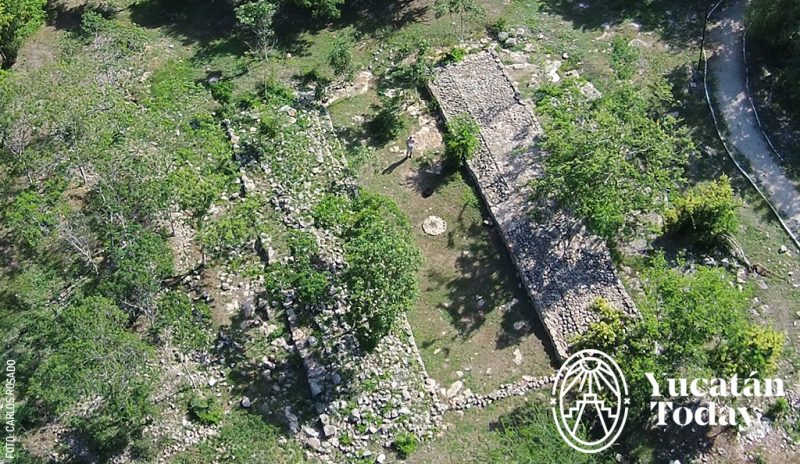 But if you thought that Maya archaeological remains in Mérida were limited to carved stones or a handful of sculptures, you would be wrong. For instance, the Parque Arqueológico de Xoclán (Calle #130 x 71-B, Fracc. Bosques del Poniente) features several structures, enclosed plazas and a pyramidal structure almost 10 meters tall. It is also an excellent spot for bird watching or for a picnic. Recent excavations have also revealed Chaac rain god masks, a sacbé (Maya road), and several objects which suggest trade with Maya cities as far away as Guatemala.
But if you thought that Maya archaeological remains in Mérida were limited to carved stones or a handful of sculptures, you would be wrong. For instance, the Parque Arqueológico de Xoclán (Calle #130 x 71-B, Fracc. Bosques del Poniente) features several structures, enclosed plazas and a pyramidal structure almost 10 meters tall. It is also an excellent spot for bird watching or for a picnic. Recent excavations have also revealed Chaac rain god masks, a sacbé (Maya road), and several objects which suggest trade with Maya cities as far away as Guatemala.
Parque Xanilá in Ciudad Caucel
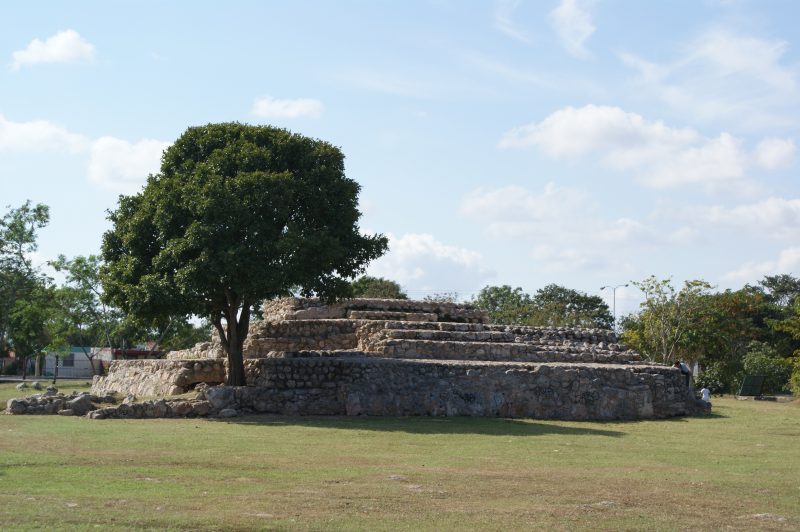 Parque Xanilá (also styled as Xanil Ha) is located in a nondescript and densely populated part of the city known as Ciudad Caucel. But within this park you can find one of the most interesting archaeological features in Mérida—a complete pre-Hispanic ballgame court. It is approximately 20 meters long and features a central marker and inclined walls. It’s interesting to note that this ballgame court is believed to have been built in the 5th century BCE, making it substantially more ancient than most other archaeological remains in the city. The park can be found on Calle 67 x 92, in Ciudad Caucel, west of the city, and is certainly worth a visit.
Parque Xanilá (also styled as Xanil Ha) is located in a nondescript and densely populated part of the city known as Ciudad Caucel. But within this park you can find one of the most interesting archaeological features in Mérida—a complete pre-Hispanic ballgame court. It is approximately 20 meters long and features a central marker and inclined walls. It’s interesting to note that this ballgame court is believed to have been built in the 5th century BCE, making it substantially more ancient than most other archaeological remains in the city. The park can be found on Calle 67 x 92, in Ciudad Caucel, west of the city, and is certainly worth a visit.
Parque Arqueológico de Oriente
Other interesting parks which feature Maya architectural remains include the Parque Arqueológico de Oriente (Calle 40 x 27 y 21, Salvador Alvarado Oriente) and the Parque Arqueológico Dzoyilá Granjas (Calle 48 #485, Reparto Granjas). This particular park is mentioned by name in the Chilam Balam, (one of the few surviving written Maya historical accounts).
While there are many other points of archaeological interest within Mérida's city limits, hopefully this article has awoken your interest and will help you sharpen your eye to the wonders of our city’s past that lay below the surface to the casual eye.
¡Vamos!
- Iglesia Tercera Orden Calle 60 x 59, Centro https://goo.gl/maps/2Z1Lf75uTW3XmZ8z5
- Teatro Felipe Carrillo Puerto Calle 60 entre 57 y 59, Centro https://goo.gl/maps/gP41SHBwJNaAYGPM9
- Parque Arqueológico de Xoclán Calle 130 x 71-B, Fracc. Bosques del Poniente https://goo.gl/maps/VqnMsqL9rjzW2wcFA
- Parque Xanilá en Ciudad Caucel Calle 67 x 92 en Ciudad Caucel https://goo.gl/maps/AEkZ3jmH23PXPFni9
- Parque Arqueológico de Oriente Calle 40 x 27 y 21, Salvador Alvarado Oriente https://goo.gl/maps/kPEDRn1yKAFa7SMz9
- Parque Arqueológico Dzoyilá Granjas Calle 48 485, Reparto Granjas https://goo.gl/maps/tkmZDhwn32ddUAVY7
Photography by Carlos Rosado van der Gracht
First published in Yucatán Today print and digital magazine no. 395, in November 2020.

Author: Carlos Rosado van der Gracht
Coming from a Mexican/Canadian family, Carlos Rosado van der Gracht is an adventure travel guide, blogger, and photographer with studies in Multimedia, Philosophy, and Translation.
In love with Yucatán? Get the best of Yucatán Today in your email.
Don't miss our best articles and the monthly digital edition before anyone else.
Related articles
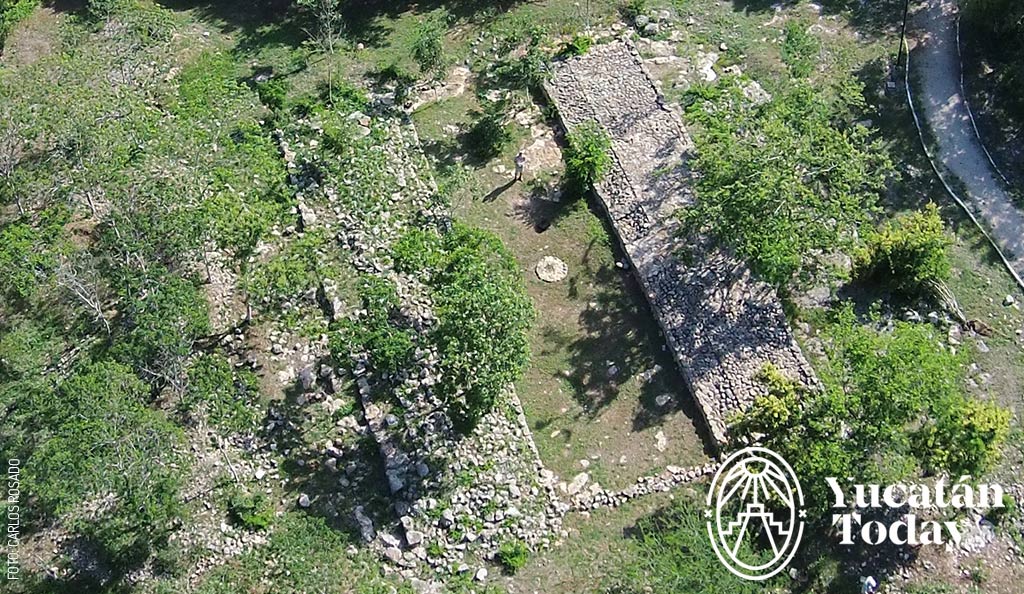
Pok Ta Pok, the Enigmatic Ritual “Sport” of the Maya
Known in Yucatán as Pok Ta Pok, the Mesoamerican ball game is a ritual sport played since at least 1650 BC by pre-Columbian people.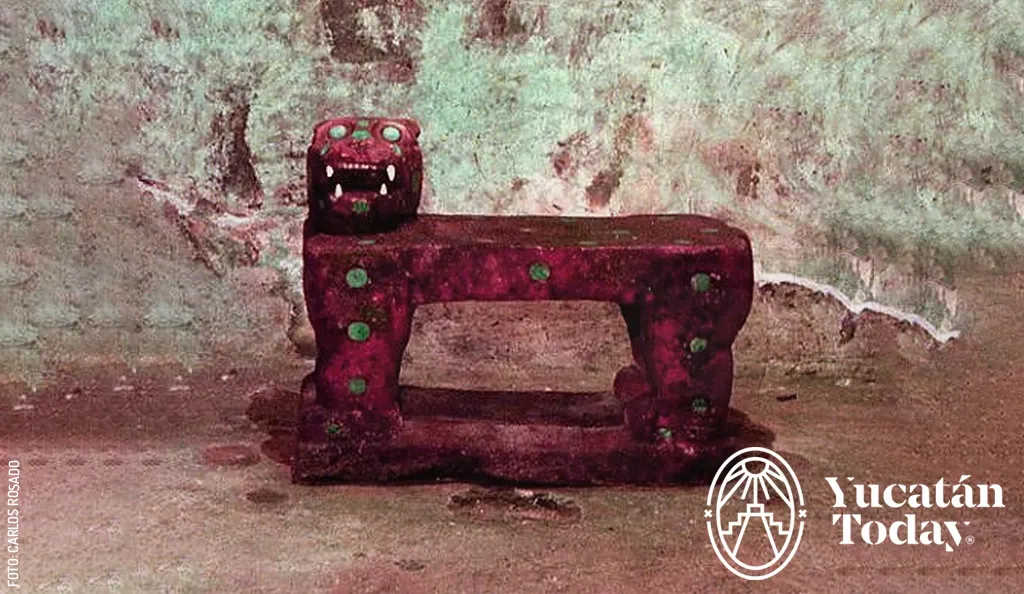
Symbolism, Myth, and Power: The Role of Animals in Maya Life
The role of animals in Maya life as a source of goods such as meat, feathers, hides, and great religious, mythological, and symbolic importance